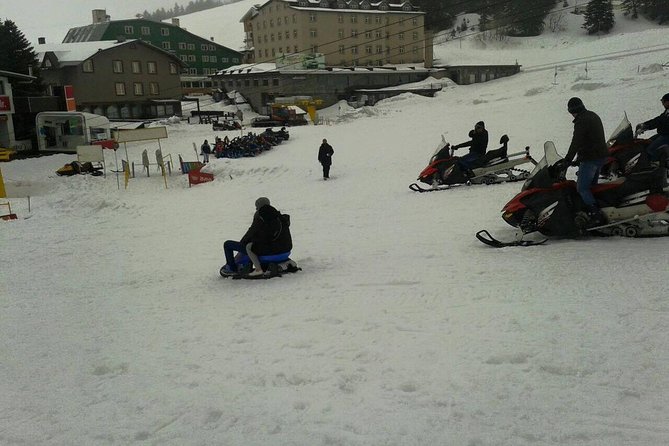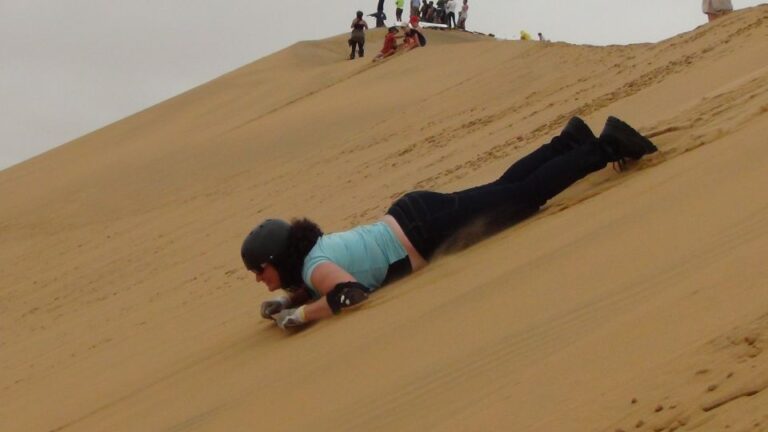20 Solar System Facts | Everything you need to know
The solar system is the system that surrounds and orbits the Sun, which is at its center. The planets and objects orbit around the Sun due to it’s huge mass, which gives it a gravitational pull – this is why us, on the planet Earth, revolve around the Sun. It takes us 365 days to make one full lap around the Sun, which is why this is a considered a full year of life. Let’s look at some facts about the solar system.
Solar System Facts
- Although the Big Bang occurred 13.8 billion years ago forming our universe, it wasn’t until more than 9 billion years later that our solar system formed. Our solar system is 4.5 billion years old.
- What is the solar system? Well, it includes the Sun, all of our planets, the Kuiper belt and all the way into the distant Oort cloud.
- There are 8 different planets in our solar system – Mercury, Venus, Earth, Mars, Jupiter, Saturn, Uranus and Neptune. All of these planets orbit around one big star, which is our Sun.
- We divide these planets into three categories – the terrestrial planets (the 4 closest to the Sun), the Gas Giants (Jupiter and Saturn) and the Ice Giants (Uranus and Neptune).
- As well as these planets, there are 5 different official dwarf planets – Pluto, Ceres, Eris, Haumea and Makemake.
- Of these dwarf planets, 4 of them are classified as TNO’s, or Trans Neptunian Objects, as they are further out beyond Neptune.
- However one of these dwarf planets, Ceres, is located in the Asteroid belt. This belt runs between Mars and Jupiter and is filled with asteroids.
- At one point in time, we believed that Earth was at the center of the solar system. However, we now know that the Sun is at its center.
- At one point in time, we thought that the Sun was the center of the entire universe.
- However, in the 1700s astronomers like William Herschel (founder of Uranus) helped us learn that there was more out there beyond our solar system, and the Sun was not center of the universe, just our solar system.
- Although there are lots of objects in the universe, the Sun is so massive that it makes up for more than 99.8% of the mass in our entire solar system.
In terms of distances from the Sun, then we use an astronomical unit to measure this. This is based on the distance between, the Sun and Earth, which is 1 astronomical unit, or 93 million miles (150 million km).
As we get further out, the distances between the planets increase. To put this in perspective, the distance between Earth and Neptune is around 30 astronomical units, and it takes Neptune 165 years to complete one full rotation of the Sun!
Solar System Sizes
When we look at only the planets in the solar system, then Jupiter is the most massive. It is more massive than all of the other planets combined together. But whilst it has a greater mass, much of the planet is made up of gas. This means that although it’s way ahead of Earth in terms of mass, it actually only has around 1/5th of the density as our planet.
However, when we look at the mass of the Sun, then the size of everything else in the solar system pales in comparison. The Sun makes up more than 99% of the entire mass within our solar system.
What else is in the solar system
The solar system isn’t just made up of the Sun and planets. We also have the asteroid belt running between Mars and Jupiter, an the Kuiper belt which runs outside of Neptune. Further out than this we have the Oort cloud, which is at the edges of our solar system.
More Facts about the Solar System
- Most of the planets in our solar system rotate in a counter clockwise direction. However, Venus and Uranus actually spin in the opposite direction.
- The largest volcano in our solar system is called Olympus Mons, and it’s located on the planet Mars. It’s estimated to be 25km high.
- This isn’t the only large feature on the planet. Mars also has the longest valley in the solar system too. Valles Marineris is a series of canyons more than 4,000km long.
- The planet Neptune has the strongest winds in the solar system, with speeds reaching more than 2,000km per hour.
- There are several hundred moons in our solar system, with the largest of these being Ganymede, which orbits Jupiter.
- Between all of the different NASA missions, we have actually visited every planet in our solar system.
- The furthest spacecraft from Earth is the Voyager 1, which is more than 20 billion kilometers away now!
- All four of the planets furthest out from the Sun have their own rings, with Saturn’s being the most advanced.
- We based much of our theory of other system on what we know about our own solar system. This is how we learn about other solar systems and galaxies.
Common Questions about the Solar System
How big is the solar system? (Radius, Diameter)
There are many questions over the size of our solar system. It’s estimated that our solar system has a radius of 4.5 billion kilometers, giving it a diameter of 9 billion kilometers. From this, we think that our entire universe has a radius of 50 billion light years. Within this, our Milky Way has a radius of approximately 150,000 light years. So the reality is that our solar system is just a tiny fraction of our galaxy, which is then just another tiny fraction of the universe.
How many solar systems are out there?
Scientists aren’t 100% sure exactly how many solar systems there are out there in the universe. We have discovered more than 2,500 other stars out there that have planets orbiting them like our solar system. However, we know there are far more solar systems out there than this, with scientists predicting there are as many as 100 billion solar systems in the entire universe.
Is there life elsewhere in the solar system?
We still don’t know whether life outside of Earth exists in the solar system. We do know that some moons and potentially Mars have the capabilities to sustain life. As well as Mars, moons like Europa, Titan and Callisto are thought to have the most potential to harbour life.
Where is Earth in the solar system?
The planet Earth is the third planet out from the Sun in it’s orbit; further than Venus, but closer than Mars. Earth orbits around the Sun, taking 365.25 days to complete one full rotation. We’re positioned 1 AU (astronomical unit) from the Sun, which is approximately 150 million kilometers.
Can a solar system have two suns?
Although this isn’t the case for our solar system, it is possible for a solar system to have more than one sun.
The Wrap Up
All in all, our solar system is the place where we can exist, but it is just a tiny piece of the entire universe. We learn more and more about the solar system as time goes on, and hopefully we’ll be able to learn even more soon with a visit to another planet like Mars!
![[One-Day Bus Tour Departing From Kanazawa Station] Shirakawa-Go/Takayama Tour Platinum Route Bus Tour](https://odysseymagazine.com/wp-content/uploads/2024/03/1_one-day-bus-tour-departing-from-kanazawa-station-shirakawa-go-takayama-tour-platinum-route-bus-tour.jpg)




